Associate Professor, Dr. Nguyen Phong Dien, Vice President of Hanoi University of Science and Technology, assessed that this year's admission regulations are basically stable for candidates. The points that are beneficial to candidates that have been improved in recent years are kept unchanged in the regulations such as: unlimited registration of wishes, the system of considering wishes from top to bottom, no registration of admission methods, only registration of majors/schools. The admission system of the Ministry of Education and Training and schools is based on the data provided by candidates to choose the most suitable and beneficial method for candidates.
 |
The admission system of the Ministry of Education and Training and schools relies on the data provided by candidates to choose the most suitable and beneficial method for candidates. Photo: NGHIEM HUE |
Mr. Dien predicts that this year, candidates tend to choose majors instead of schools like in the past due to the impact of the labor market. This year's regulations have two new points that mainly affect universities and a small part of candidates. That is to eliminate early admission and convert admission methods to equivalent scores. Mr. Dien said that the purpose of early admission is to recruit candidates with outstanding achievements, but it has been popularized, so both schools and candidates have a hard time. When issuing the draft regulations, the Ministry of Education and Training stipulated that early admission only accounts for 20% of the target, but schools want to completely eliminate this method. The 2025 university admission regulations no longer include early admission for this reason.
The requirement to convert points between admission methods is completely new for universities since the national high school exam is no longer held (2020). According to Mr. Dien, the Ministry issued this regulation based on the fact that universities have many admission methods, each method has a different score scale, so it is very difficult to evaluate the input quality of auniversity . It is also difficult for schools to fully explain why this method takes this quota, another method takes that quota...
Flexible adjustment
From the perspective of the training unit, Associate Professor Nguyen Phong Dien shared that from 2022, Hanoi University of Science and Technology will use 3 admission methods: Talent admission, Thinking Assessment Test (TSA) score, High School Graduation Exam score. The school will divide the percentage of enrollment quota for each admission method. For example, in 2024, the talent admission method will account for 20% of the enrollment quota, the TSA score will account for 30%, and the rest will be based on High School Graduation Exam scores. Hanoi University of Science and Technology's quota allocation is based on 2 factors: Prioritizing good enrollment methods (associated with quantity); quality of enrollment sources.
For the top schools above, the important and focused factor is the quality of the recruitment source. Hanoi University of Science and Technology has evaluated and compared the average GPA (GPA) of students with the entrance exam scores for 3 admission methods. For the 2022 admissions, the GPA score of the talent admission method is 2.77/4.0; for the TSA admissions method is 2.59/4.0. For the 2023 admissions, the scores are 2.73/4.0; 20.49/4.0; 2.22/4.0, respectively. For the 2024 admissions (semester I), the scores are 2.59/4.0; 2.33/4.0 and 1.95/4.0, respectively. Mr. Dien affirmed that most of the candidates admitted to the school meet the curriculum. However, in the talent selection method, the number of excellent students is the largest, followed by the TSA exam score method and finally the high school graduation exam score.
Therefore, when converting equivalent scores between methods, a conversion coefficient will be needed to fairly evaluate candidates and schools to recruit students who meet training requirements. The conversion score is the admission score (including: exam results, priority points, incentive points, bonus points). Currently, the scoring scale of each admission method of Hanoi University of Science and Technology is different, the school takes the high school graduation exam score as the axis of comparison. Thus, candidates with TSA exam scores and new talent admission scores need to pay attention to the conversion formula. Mr. Dien said that the school will announce the conversion coefficient after the Ministry of Education and Training announces the graduation exam scores.
“If the high school graduation exam is stable like previous years, Hanoi University of Science and Technology will be able to announce the conversion coefficient immediately when the Ministry of Education and Training has instructions. But this year, the philosophy of the exam has changed (30% of the exam questions are differentiated), candidates study according to the 2018 general education program, the exam has an additional multiple choice format, so the school does not have comparison data yet,” said Mr. Dien. He recommended that when converting equivalent scores between methods, attention must be paid to the following issues: The formula must be simple for candidates to calculate and can be scientifically explained; determining the coefficient must take into account the group of disadvantaged candidates.
With the new points of this year's regulations, the university has made flexible adjustments. This year, the Diplomatic Academy has removed the interview admission method and added an admission method combining the results of the high school graduation exam and international certificates. At Hanoi University of Science and Technology, this year's talent admission method in the interview will only evaluate pass/fail, eliminating the scoring as in previous years (maximum 20 points). At the same time, some combinations will have specific subject weights. For example, this year, the new combination K01 includes the following subjects: Math, Literature, Physics/Chemistry/Biology/IT. In which, Math and Literature are 2 compulsory subjects, combined with 1 of 4 subjects: Physics or Chemistry or Biology or IT. The formula for calculating admission scores for the combination K01 includes: Math (coefficient 3), Literature (coefficient 1), one of the remaining 4 subjects (coefficient 2). Thus, Math has a weight of 50% and the K01 combination is only considered for admission in some majors. Other combinations have Math with a coefficient of 2, the remaining subjects have a coefficient of 1.
Associate Professor, Dr. Nguyen Phong Dien recommends that when converting equivalent scores between methods, attention must be paid to the following issues: The formula must be simple for candidates to calculate and can be scientifically explained; determining the coefficient must take into account the group of disadvantaged candidates.
Source: https://tienphong.vn/tuyen-sinh-dh-nam-2025-dam-bao-quyen-loi-nhom-thi-sinh-yeu-the-post1730168.tpo





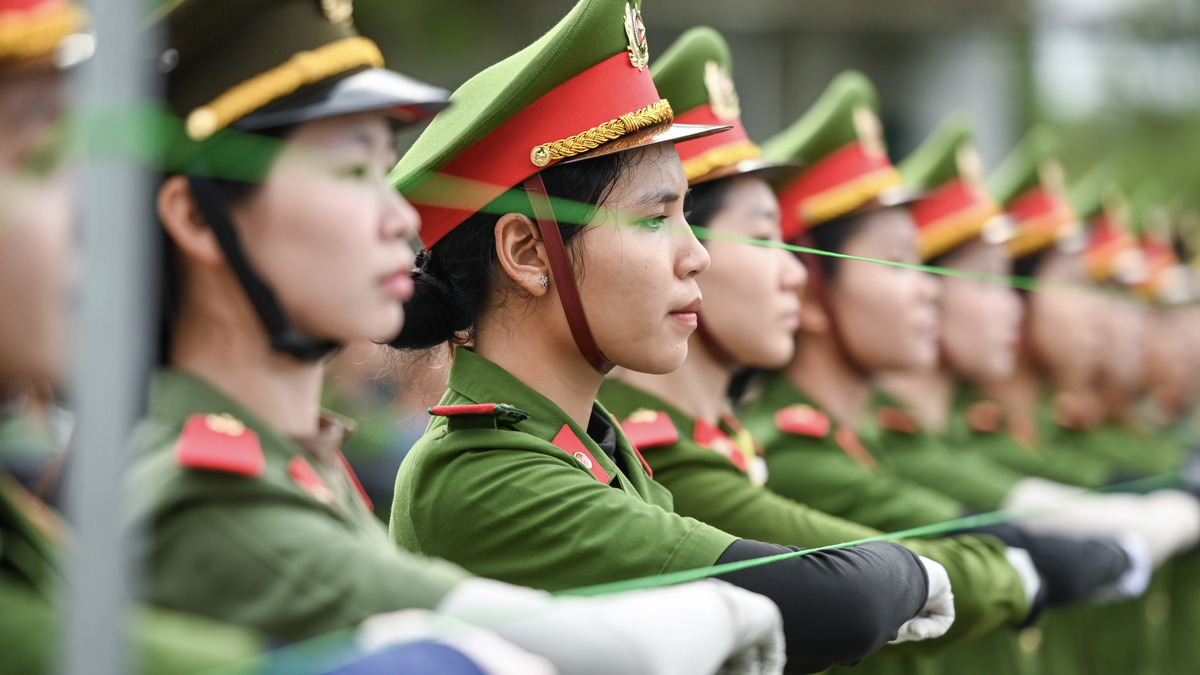


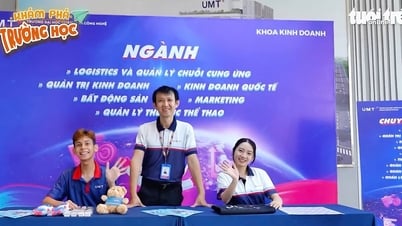

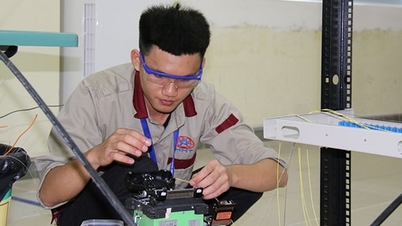
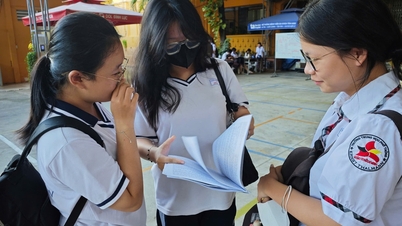




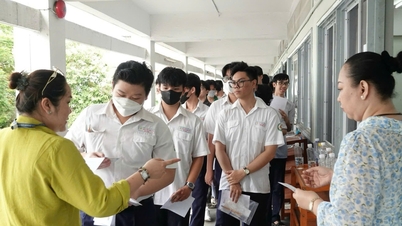




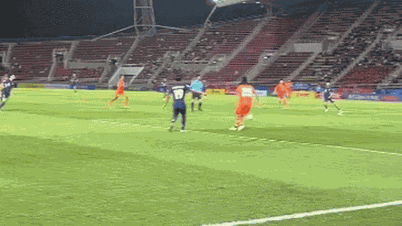

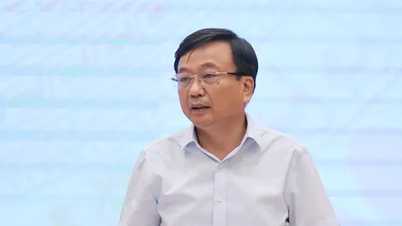

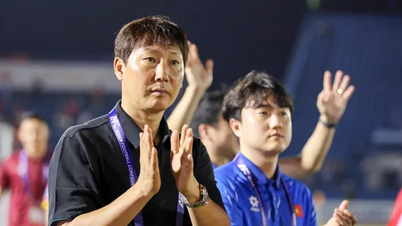
























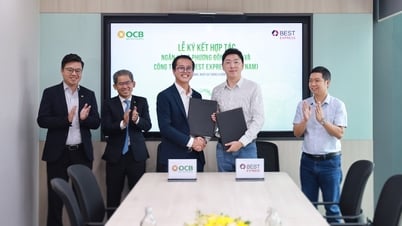

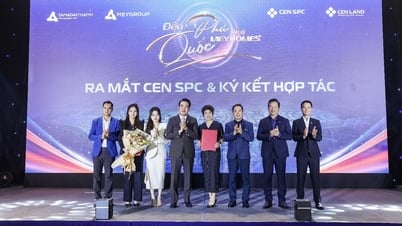




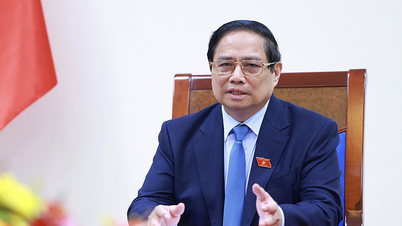

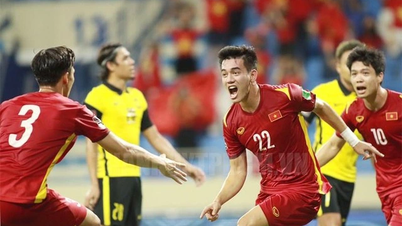
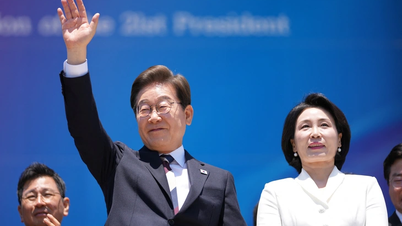





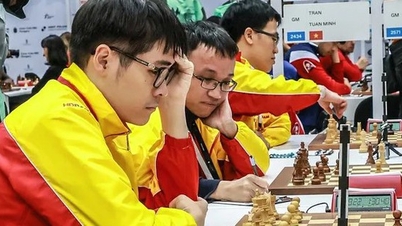

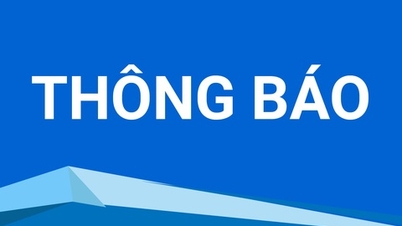


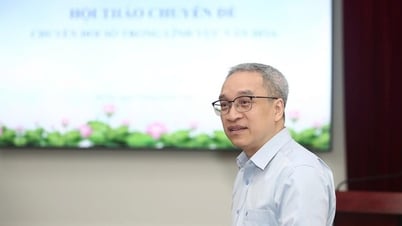


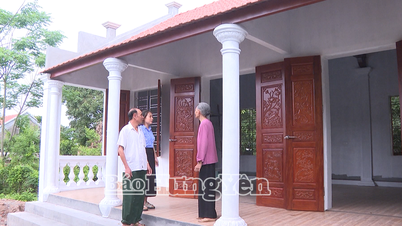


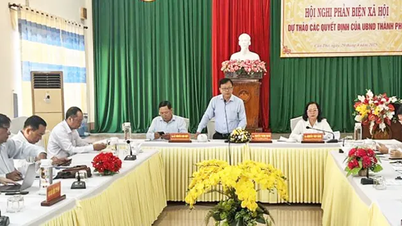
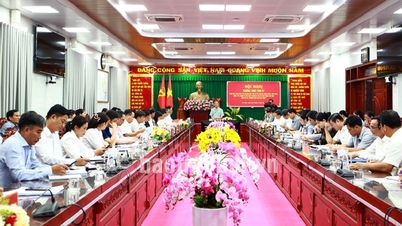












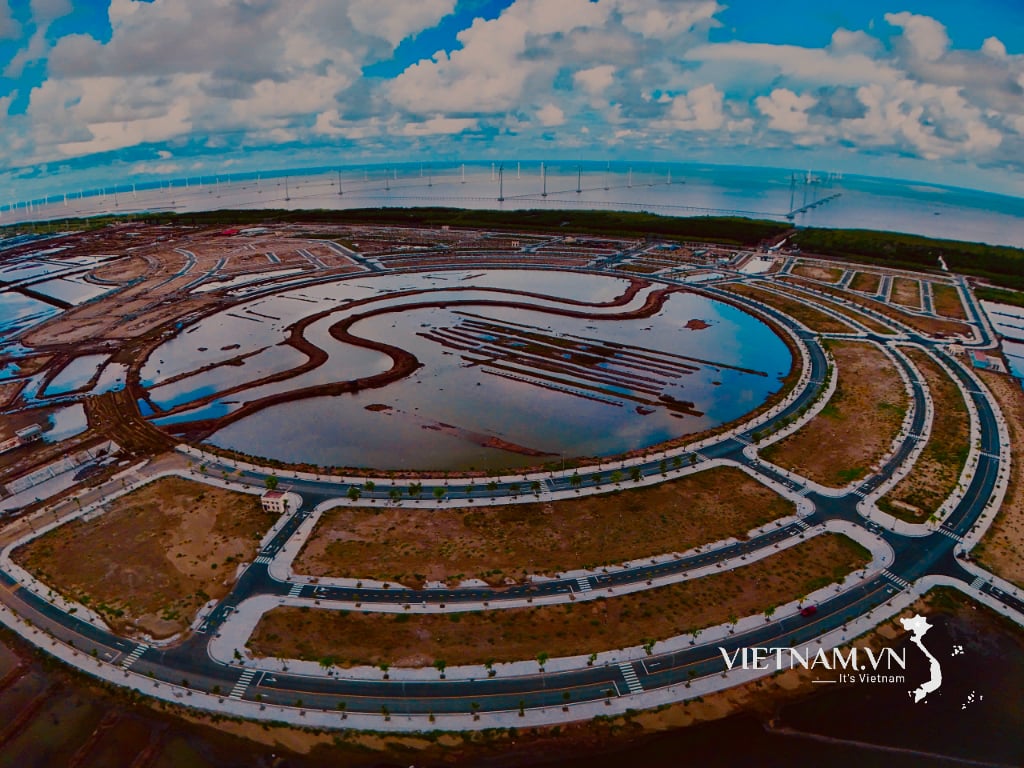
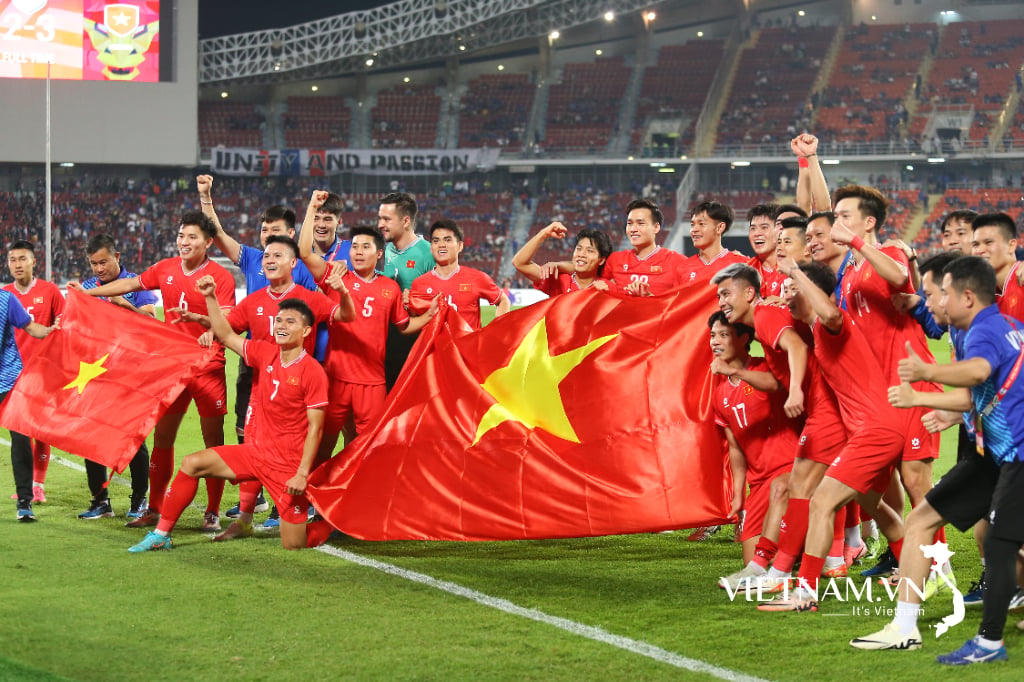
Comment (0)